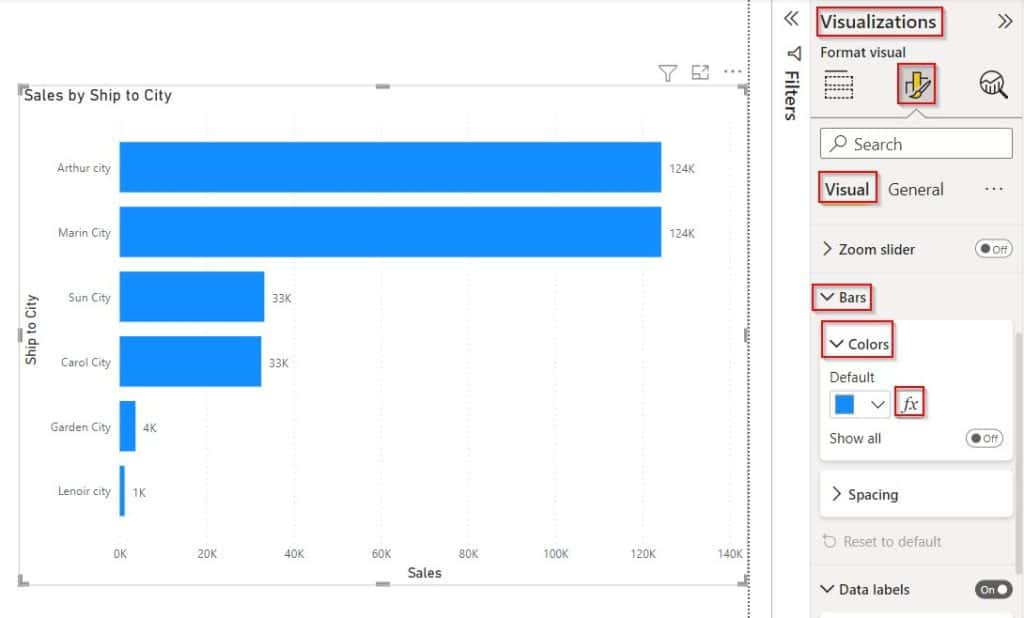Power BI is a powerful business intelligence tool that allows users to create interactive reports and dashboards. One of the key features of Power BI is the ability to display multiple charts on a single page or dashboard. This feature allows users to compare different data sets and visualize trends more effectively.
Creating multiple charts in Power BI is a straightforward process. Users can add multiple visualizations to a single report page and arrange them in a layout that makes sense for the data being presented. This allows users to gain insights from different perspectives and make informed decisions based on the data.
Multiple Charts In Power Bi
How to Create Multiple Charts in Power BI
To create multiple charts in Power BI, users can start by adding a new page to their report. Once the page is created, users can add visualizations to the page by dragging and dropping them from the Visualizations pane. Users can then customize each visualization by selecting the data fields and adjusting the formatting options.
Users can arrange the visualizations on the page by dragging and dropping them into the desired layout. Power BI allows users to create different types of visualizations, such as bar charts, line charts, pie charts, and more. Users can also add filters and slicers to the page to interactively explore the data and drill down into specific details.
Benefits of Using Multiple Charts in Power BI
Using multiple charts in Power BI offers several benefits to users. First, it allows users to compare different data sets side by side, making it easier to spot trends and patterns. Second, it enables users to present complex data in a more digestible format, helping stakeholders understand the data more effectively.
Additionally, using multiple charts in Power BI can improve the overall user experience by providing a more interactive and engaging way to explore the data. Users can create dynamic dashboards that update in real-time, allowing stakeholders to make data-driven decisions quickly and efficiently.
